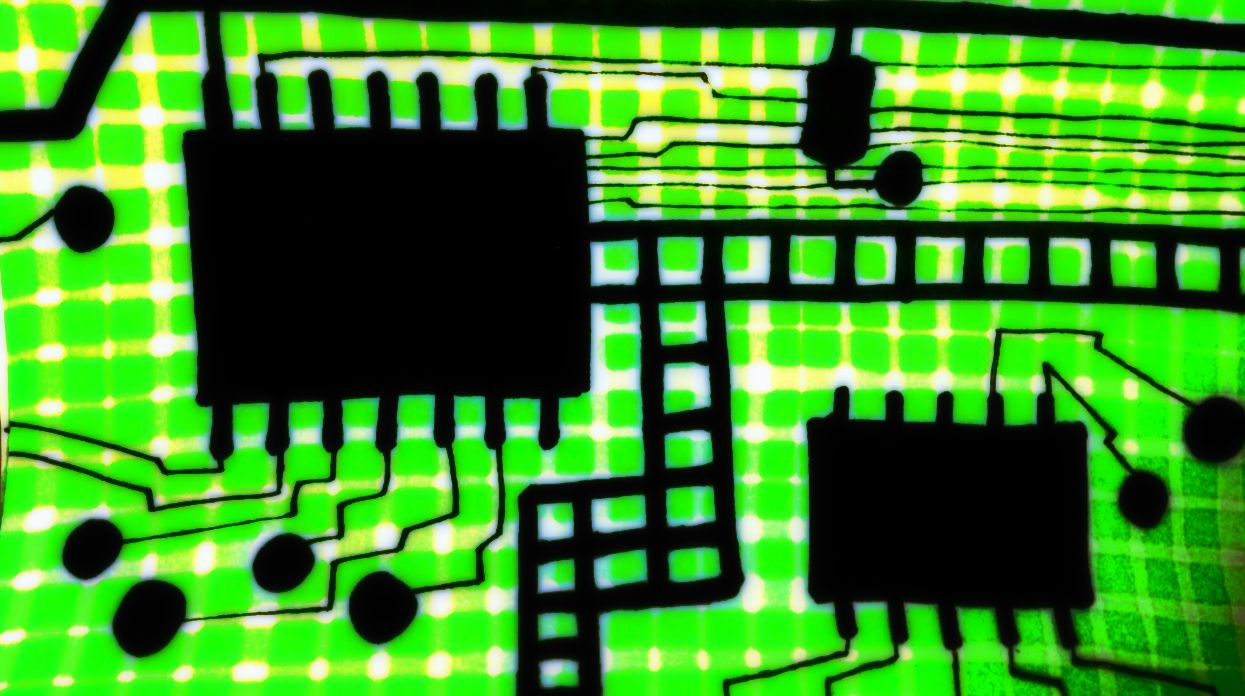The aura of an object
Walter Benjamin painted the aura of an object as a negative attribute, the aura being what makes something entire unique, its irreproducibility. Because for an object or an artwork to become rare or inaccessible makes it possible for there to be a certain amount of people who can view the object and a likely larger amount of people who cannot. Art, according to Benjamin, should be accessible. We’ve already touched upon this topic with regards to NFTs, seemingly concluding that they’re somewhat dubious in their ability to preserve the aura. In fact, the very intention to do so can be heavily criticized. Luckily, (or unluckily, depending on where you stand), we might consider it next to impossible to truly make an artwork irreproducible. As we saw a few weeks ago, the image of the Mona Lisa can easily be searched up, splashed across webpages and even mugs, t-shirts and a number of other objects. But what about sculptures? What about ancient artifacts? How can such artworks escape the aura and why is it important that they do?
In the mid-19th century, the method of recreating architectural monuments was through casting. As colonialism led to the discovery of awe-inspiring structures and cultural heritage which just had to be seen by all those back home, creating casts and molds of large art-objects to be displayed in museums became the norm. The intention that many art historians have assigned to the process of casting was to display imperial power, tell everyone back home “look at what we found, isn’t it incredible that you get to see it too”.
Of course, it quickly became that the original objects themselves were swiftly scooped up by colonial powers, put on display in museums across Paris, London, Berlin and various European cities. The cultures who one might argue are the rightful owners of these objects have made their attempts to reacquire their cultural heritage, but to no avail. But perhaps the method which colonial powers came up with all those years ago might be the solution to such a problem.
The Nefertiti Bust
Nora Al-Badri and Jan Nikolai Nelles shook the art world in 2015 when they used a Kinect Sensor, slyly hidden by a scarf, to scan the famous Nefertiti bust in the Neues Museum in Berlin and created a 3D file which could be used to recreate the bust. In the museum, photography is strictly prohibited, and the bust is incredibly prized and renowned. Al-Badri and Nelles stripped the museum of this uniqueness when they made the file accessible to the internet and created identical copies of the bust, dramatically burying one copy in the sand in an unknown location and giving the other to the American University in Cairo. Although this technique of recreating acclaimed artwork would not necessarily return cultural heritage to their rightful owners, since it isn’t necessarily the real thing and lacks the years of history and the sense of being ‘the original’ that gives the true object it’s aura, it can accomplish one of two things.

First, it succeeds in undermining the power of the institution which holds the original item. Although no one would assume that a 3D print version of such a valuable item is worth visiting over the original, it still takes away the ability for the institution to claim that they are the sole owners of visual and physical qualities of the object.
Second, it might provide a solution to the issue of cultural heritage and property and who deserves to own it. Many European museums and institutions claim that they are equally deserving of the object it’s history is now irrevocably intertwined with their culture’s history. Such objects become a source of pride for their culture. However, the culture that the object originates in often has more than historical links to the culture. The physical presence of the object might have cultural, symbolic and even ritual value which the institution cannot claim. For example, many cultures believe that these objects contain manna, or the essence of a soul, or perhaps there are funerary aspects to the object which hold importance to the culture. The instructions could simple substitute their original objects with a 3D print and return the original to the culture of origin.
This phenomenon of techno-heritage makes possible a number of things. Although it might not completely destroy the aura of an object, it allows for an object to become valuable in more ways than one and belong to more than one culture. It provides a way of attacking the aura of the original object and a potential solution to the issue of cultural heritage and property.
Sources (links could not be embedded)



Recent Comments